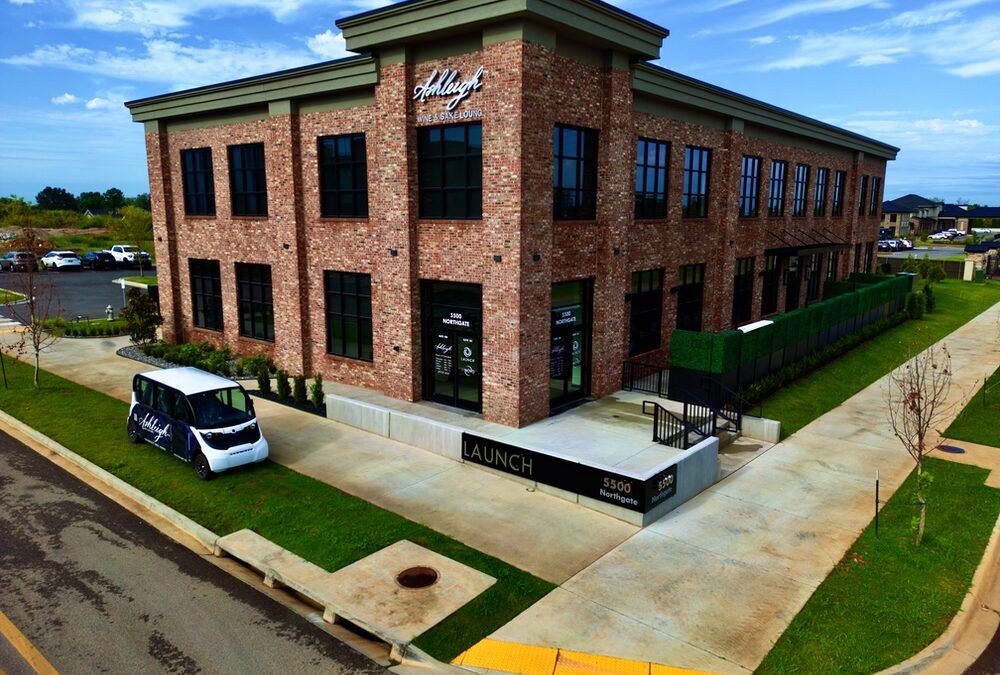Architectural photography is an art that combines technical precision with creative vision. Whether you’re capturing historic landmarks, modern skyscrapers, or charming interiors, mastering this genre requires a keen eye for composition, lighting, and detail. This guide from Zipline Studio will walk you through the essentials of architectural photography and help you elevate your skills.
1. Gear and Equipment
While you can take decent architectural shots with a smartphone, investing in the right gear significantly enhances quality. Here’s what you need:
- Camera: A DSLR or mirrorless camera with a high-resolution sensor is ideal.
- Lenses: A wide-angle lens captures expansive views, while a tilt-shift lens corrects perspective distortion.
- Tripod: Ensures stability, especially in low-light conditions.
- Filters: Polarizers reduce reflections, and neutral density filters help control exposure.
- Remote Shutter Release: Minimizes camera shake for sharper images.
2. Understanding Composition
Composition is key in architectural photography. Use these principles to create striking images:
- Leading Lines: Guide the viewer’s eye through the frame.
- Symmetry and Balance: Highlight harmony in architectural designs.
- Framing: Use surrounding elements like doorways or trees to frame your subject.
- Perspective: Experiment with angles to emphasize scale and dimension.
3. Mastering Light and Shadows
Lighting plays a crucial role in architectural photography. Consider the following:
- Golden Hour: Soft, warm light enhances textures and details.
- Blue Hour: Creates a stunning contrast between artificial lights and the evening sky.
- Midday Sun: Avoid harsh shadows by shooting in diffused light or using HDR techniques.
- Interior Lighting: Utilize natural light and adjust white balance for accurate color representation.
4. Controlling Perspective and Distortion
Perspective distortion occurs when shooting tall buildings from ground level. To correct this:
- Use a tilt-shift lens to maintain straight vertical lines.
- Adjust perspective in post-processing using tools like Lightroom or Photoshop.
- Shoot from a higher vantage point to reduce distortion naturally.
5. Post-Processing Techniques
Post-processing enhances your architectural images while maintaining their authenticity. Focus on:
- Correcting perspective and lens distortion.
- Adjusting contrast and exposure for better depth.
- Enhancing textures and details without over-processing.
- Color correction to ensure accurate tones.
6. Telling a Story Through Architecture
Great architectural photography goes beyond documentation—it tells a story. Consider:
- Context: Show how the building interacts with its surroundings.
- Human Element: Include people for scale and a sense of life.
- Details: Capture intricate designs, textures, and materials that define the structure.
Final Thoughts
Architectural photography is a rewarding field that blends artistry with technical prowess. By mastering composition, lighting, and perspective, you can create stunning images that celebrate the beauty of structures around the world. Keep experimenting, stay curious, and refine your skills with every shot…or hire a professional like Zipline Studio!

